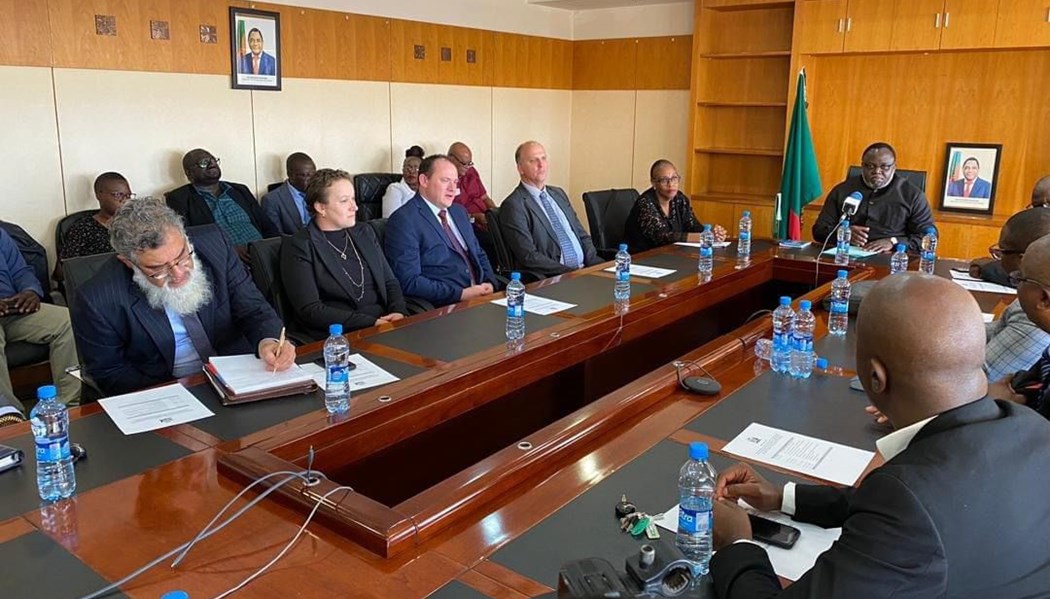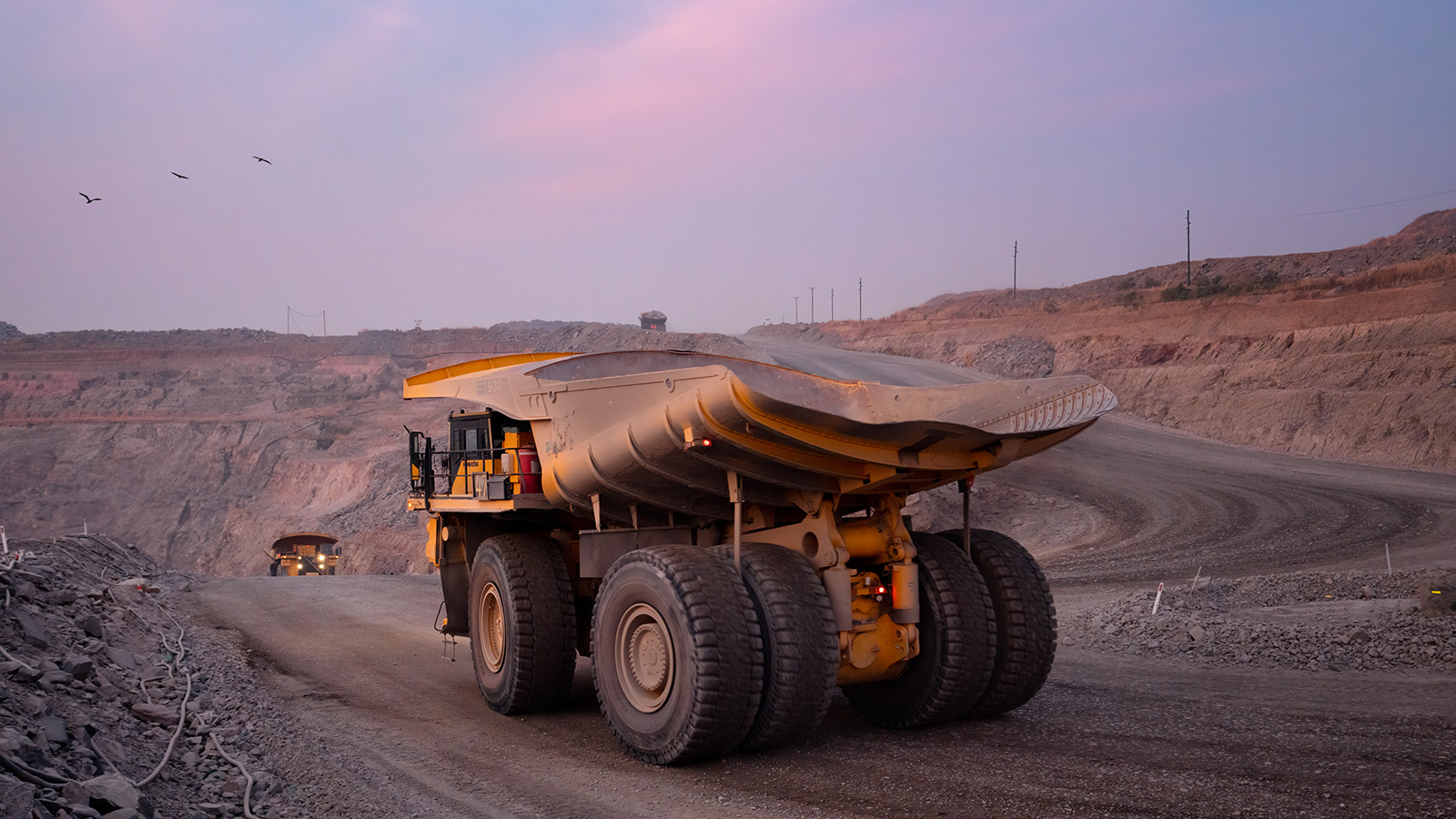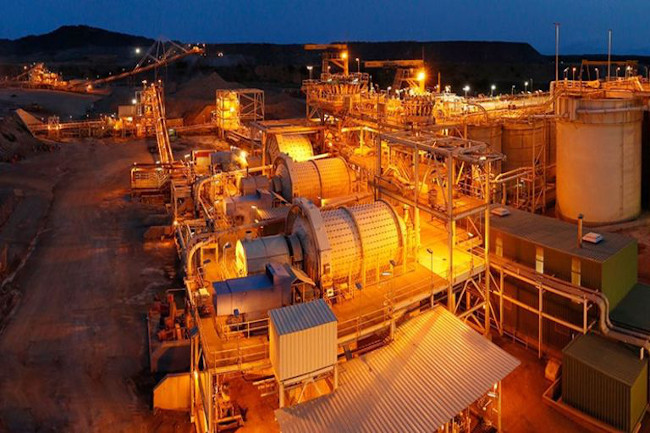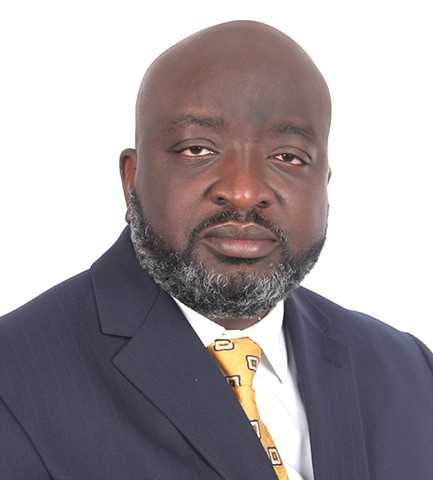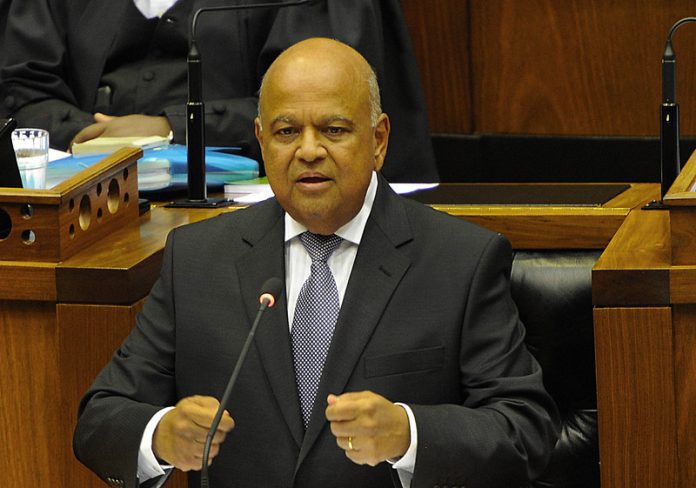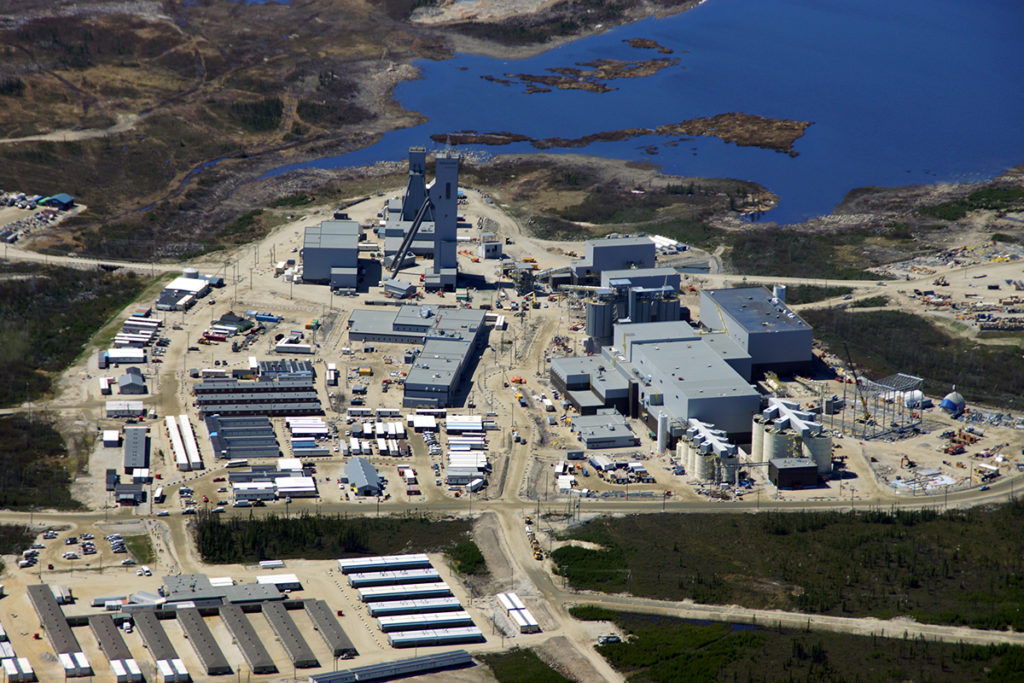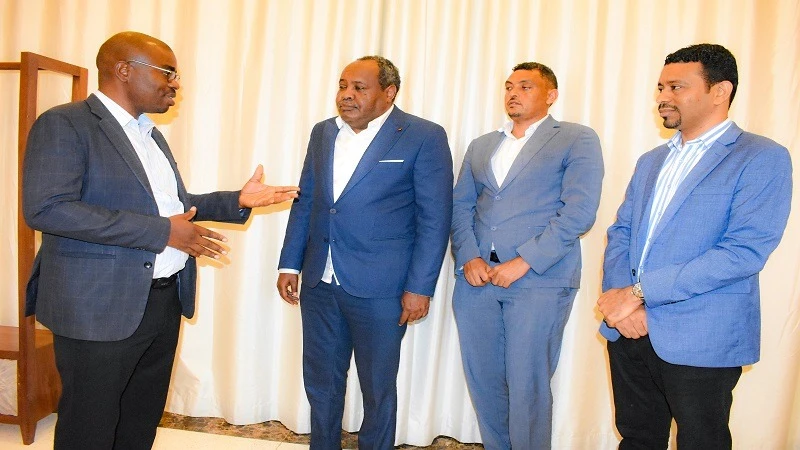Mining Other
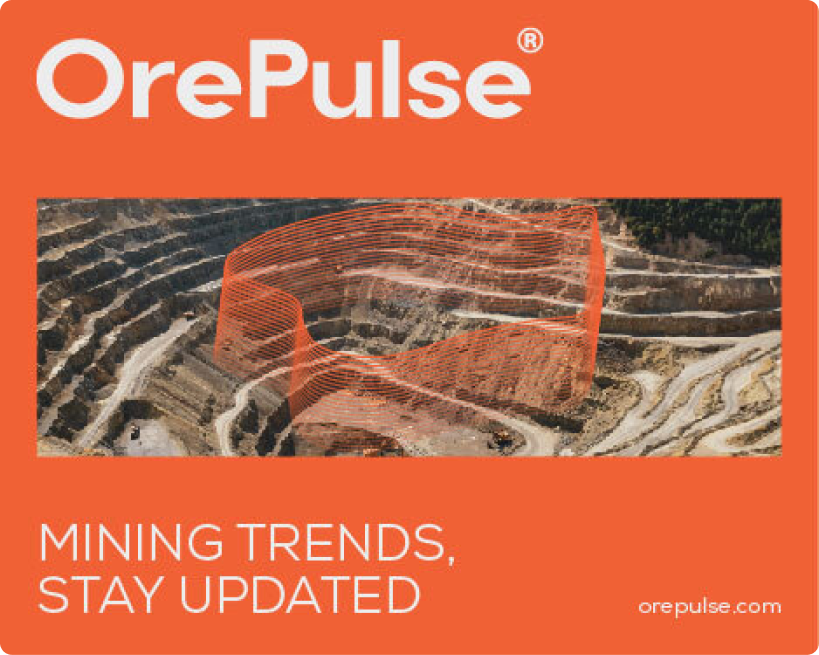
Midnight Sun Mining wraps-up Kazhiba exploration program in Zambia
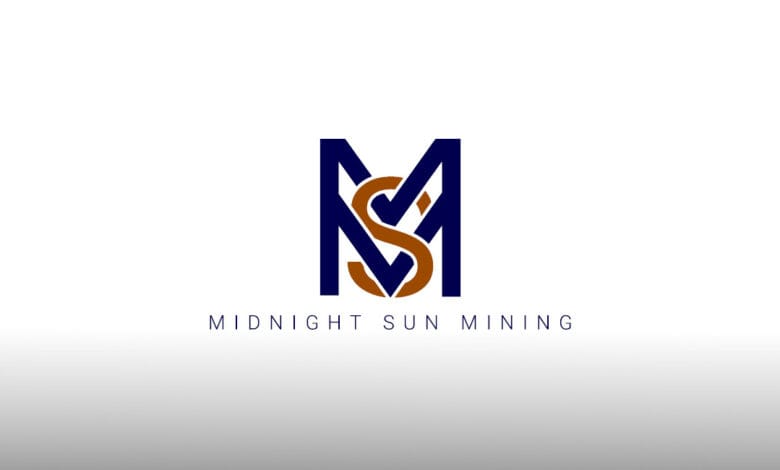
The program aimed to identify and evaluate near-surface oxide copper mineralization, test for potential sulfide targets, and uncover additional prospects concealed by regional regolith.
Exploration work included reverse circulation (RC) drilling, an induced polarization (IP) survey, and partial ionic leach soil sampling.
“2025 is off to an excellent start, and this recent work serves as a testament to the incredible team we have built,” said Al Fabbro, CEO of Midnight Sun.
“This marks a pivotal milestone achieved under our Cooperative Exploration Plan with First Quantum and we look forward to delivering results shortly.”
Midnight Sun completed 2,005 meters of RC drilling across 54 holes at Kazhiba. The total drilled was less than initially planned due to shallower-than-expected bedrock depths, the company said in a statement.
A wide-spaced IP survey was conducted to identify stratigraphic conductors as potential sources of sulfide mineralization beneath the oxide blanket at Kazhiba. The survey also highlighted standalone targets within the license area for future testing.
A geochemical survey using ALS Chemex’s partial ionic leach technique was performed across the Kazhiba license. The method, known for its sensitivity, is designed to detect base metal anomalies in covered mineralization areas. Data from the survey will help identify new exploration targets within the license, Midnight Sun said.
Midnight Sun’s exploration activities at Kazhiba are part of a broader effort to uncover copper resources in Zambia, a region known for its rich mineral deposits.




